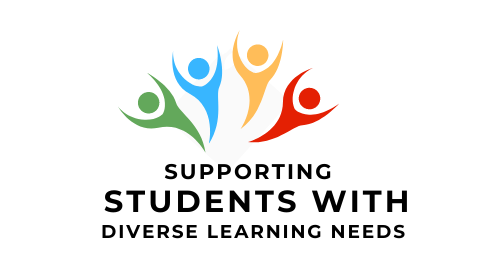Having a disability means
A person with a disability is usually defined as a person who has a long-term or recurring physical, mental, sensory, psychiatric or learning impairment (United Nations, 2007).
Disability is (…) not just a health problem. It is a complex phenomenon, reflecting the interaction between features of a person’s body and features of the society in which he or she lives. Overcoming the difficulties faced by people with disabilities requires interventions to remove environmental and social barriers (World Health Organization, 2015).
An estimated 3.8 million adult Canadians reported being limited in their daily activities due to a disability in 2012. This represents 13.7% of the adult population (Statistics Canada, 2012).
People with disabilities represent the largest minority group in Canada, and the only minority group that any of us can become a member of at any time.
Different Perspectives on Disability
There are different ways to look at and define disability. Medical professionals, government administrators and people with disabilities may use the word disability in very different contexts, with very different meanings. Definitions of disability have also shifted over time, as we have seen more and more people with disabilities included in mainstream schools, colleges and workplaces. Two common ways to look at disabilities are the Medical Model and the Social Model.
Click on the accordions below to expand and learn more about the two models.
Both of these views of disability have value and most college disability services aim for a combination of the two. In this course we will look at individualized supports for students with disabilities, as well as ways to make colleges accessible and remove barriers for all students.
Case Study
In this video several different people, with and without disabilities, talk about what disability means to them.
Reflection Questions: How do you view disability? Has your view of disability changed over time? If so, are there reasons behind this change?
The Spectrum of Disabilities
In the classroom, instructors may meet students with a wide range of different disabilities. These could range from chronic health conditions and physical disabilities, to compulsive behaviors and learning disabilities. Some people are surprised to learn that mental health problems and substance abuse are also types of disability. This lesson will give an overview of some of the visible and invisible disabilities that instructors may come across in their classrooms. For more information on specific disabilities, the website Supporting Students with Disabilities is a fantastic resource for instructors.
Consider the following questions and jot down your responses in your learning journal:
- Have you encountered any disabilities in your classroom?
- Which disabilities would you like to learn more about?
- Which disabilities are visible and which are invisible?
Group Discussion Questions:
- Have you encountered any disabilities in your classroom?
- Which disabilities would you like to learn more about?
- Which disabilities are visible and which are invisible?
